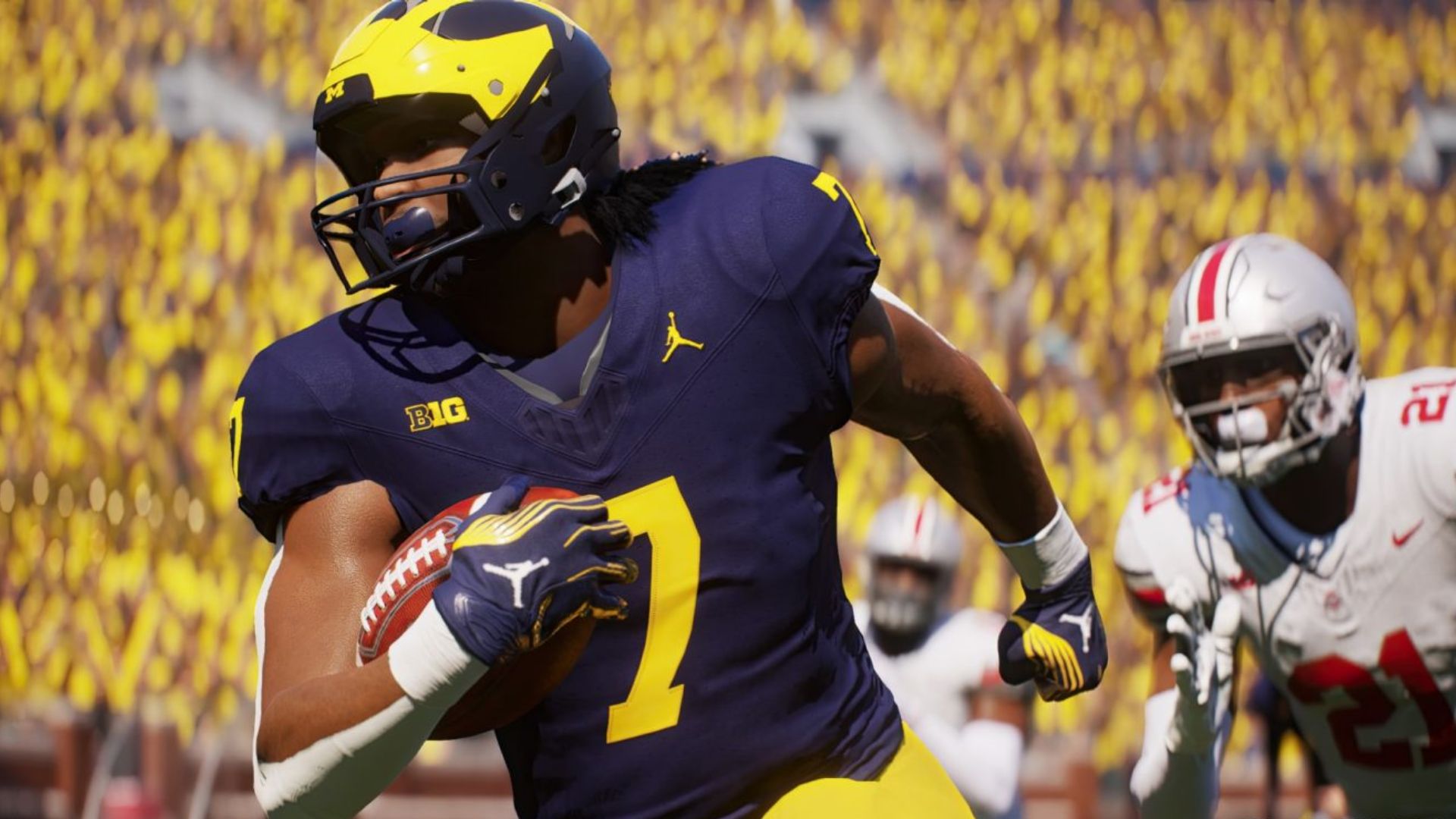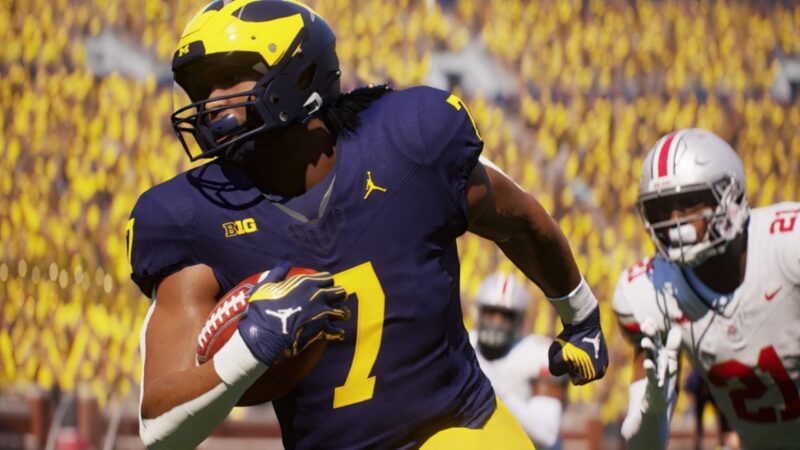Master College Football 25’s recruiting with proven tactics. Build a winning team, start strategizing and dominate your season.

Building a dynasty in College Football 25 isn’t just a game; it’s an art form. The digital gridiron is a battleground where the keenest minds clash, sculpting powerhouse teams from raw high school talent. As you dive into the recruitment mechanics, you’ll find they mirror the real-world complexities of college scouting.
You need more than just good instincts; you require a deep playbook of strategies to lure top prospects. Manage your time wisely, leverage your school’s prestige, and maybe, just maybe, you’ll secure the next campus legend. It’s time to don your virtual headset, coach—your dynasty awaits, and every decision can lead to glory or obscurity.
Understanding the Recruiting Basics in College Football 25

- Start each season by populating your recruiting board. With over 3,500 prospects available, make your choices count.
- Prioritize five-star prospects with strong pipeline connections. These recruits are your top targets, especially if they fill critical team needs.
- Next, look for four-star prospects with a high pipeline rating or five-star players with a slightly lower rating.
- Work your way down to three-star players. Some of these recruits, with the right development, can become stars.
- Track each recruit’s three main motivations. If motivation becomes a “Deal Breaker” and doesn’t align with your school’s strengths, consider dropping the recruit and refocusing on more realistic targets.
Stay on Top of Team Needs
It’s not just about chasing the best talent; it’s about addressing your team’s most pressing needs. Use the Team Needs Spreadsheet in the Recruitment screen to keep everything organized. It shows which positions are most vulnerable like those affected by graduating seniors, draft declarations, or Transfer Portal exits. Always recruit with your team’s future in mind.
Manage Recruiting Hours Strategically
You have a limited number of hours to spend on recruiting each week, so use them carefully. The total depends on your program’s prestige:
- A five-star college gets up to 1,000 hours.
- Smaller schools may only get 350 hours.
Here’s how to allocate those hours:
- Top Targets First: Dedicate most of your hours to four- and five-star recruits. These players usually face stiff competition, so they deserve your attention.
- Actions to Spend Hours On:
- Scout: Use 10 hours per session to learn about a recruit’s potential (usually three sessions per player).
- Offer Scholarship: Only 5 hours are needed to make an offer.
- Search Social Media: Spend 5 hours to gain insights into a recruit’s personality.
- Contact Friends and Family: Build deeper connections with 25 hours.
- Send The House: Use 50 hours to make a full impact.
- Soft Sell or Hard Sell: Available when a recruit has narrowed down to five schools.
- Schedule Visit: Costs 40 hours but doesn’t count against the 50-hour cap.
Tip: If you have the “Always Be Crootin” ability, you can invest up to 70 hours on key prospects. Use this when it truly counts.
Leverage Pipelines to Your Advantage

Pipelines are a game-changer. By focusing on regions or schools where your program has strong connections, you can earn recruitment bonuses. These bonuses can make or break your chances of landing top talent. Both your coaching history and player connections play a role, so don’t overlook this mechanic.
Plan Campus Visits Strategically
Once a recruit selects their top five schools and you’ve got a scholarship, you can schedule a visit. Visits are crucial but costly, requiring 40 hours. Here’s how to make them count:
- Align Visits With Recruit Interests: Choose activities that highlight your program’s strengths, like showing off facilities or emphasizing championship ambitions.
- Be Smart About Grouping: Avoid scheduling two recruits for the same position on the same visit day. For example, bringing in two quarterbacks together could lead to unwanted competition.
- Win the Game: If the visit aligns with a home game, make sure to win. A big victory boosts your school’s appeal.
Adapt When Things Don’t Go Your Way
Sometimes, despite your best efforts, recruits won’t choose your program. Don’t let this derail your strategy. Players might opt for another school because of NIL money, proximity to home, or simply a better offer. When this happens:
- Stay Flexible: Shift your focus to other promising recruits.
- Consider Development Potential: Lower-rated recruits can be valuable additions with the right coaching.
- Use the Transfer Portal: It’s a fantastic tool for bolstering your roster with experienced players looking for new opportunities.
Keep Your School Grades in Mind
Your school’s grades in areas like Program Tradition, Championship Contender, and Playing Time influence recruits heavily. Here are 14 grades to consider:
- Playing Time: How quickly a player can become a starter.
- Playing Style: Tailored to your game strategy, like passing yards for quarterbacks.
- Championship Contender: Reflects how close your team is to a national title.
- Program Tradition: Based on your school’s historic success.
- Campus Lifestyle: A fixed grade that rates the area and campus life.
- Stadium Atmosphere: Tied to home win records.
- Pro Potential: Likelihood of current players making the NFL.
- Brand Exposure: Your school’s recognition and media presence.
- Academic Prestige: Fixed grade representing the school’s academic quality.
- Conference Prestige: Strength of your conference.
- Coach Prestige: The reputation of your coaching staff.
- Coach Stability: How secure the coaching staff’s jobs are.
- Athletic Facilities: Quality of training and practice facilities.
- Proximity to Home: Geographic distance to a recruit’s home pipeline.
Recruiting in College Football 25 is a delicate balance of planning, adapting, and seizing opportunities. Every hour, every decision, and every recruit matters. Play smart, and your program will rise to greatness.
Looking For More?
Thank you for reading the article. We provide the latest news and create guides for Baldur’s Gate 3, Starfield, ARK Survival Ascended, and more. Also, watch Deltia play games on Twitch or visit his YouTube channel!
 Reddit
Reddit
 Email
Email

